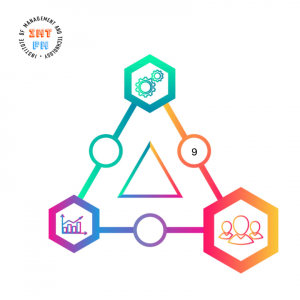Description
🌟 Provided by PMI® A.T.P. ID C018178. 🌟 Earn 2 PDUs Upon Course Completion. 📚
Get knowledge and confidence in the Agile framework that’s gaining importance in organizations. This course is ideal for project managers, project team members, Team Facilitators, Product Owners, cross-functional team members and aspirants who are keen on learning Agile best practices and implementing Agile principles in their daily schedule.
When taking in this course, you will:
- Deeply understand Agile mindsets, 4 Values, 12 Principles and strategies to fulfill Agile Values and Principles.
- Know all kinds of the project life cycle and how to apply SHU-HA-RI to tailor them for your projects.
- Effectively create an Agile environment and efficiently build servant leadership.
- Completely implement all Agile common practices and find troubleshooting possibilities for all Agile pain points.
- Explore techniques for scaling Agile in large enterprises.
Course information on PMI®: https://ccrs.pmi.org/search/course/536317

Course Outline
Chapter 1: AN INTRODUCTION TO AGILE PRACTICE GUIDE
The Project Management Institute and Agile Alliance® chartered this practice guide to create a greater understanding of agile approaches in their communities. The vision for this practice guide is to equip project teams with tools, situational guidelines, and an understanding of the available agile techniques and approaches to enable better results.
Chapter 2: AN INTRODUCTION TO AGILE
Until recently, Agile was seen as a set of management practices relevant to software development. That’s because Agile’s initial advocates were software developers and its foundational document was the Manifesto for Software Development of 2001. Fifteen years later in 2016, following recognition by Harvard Business Review, McKinsey & Company and the 2015 Learning Consortium Project, Agile is now spreading rapidly to all parts and all types of organizations.
Chapter 3: LIFE CYCLE SELECTION
Now we go to the third chapter: Life Cycle Selection. Projects come in many shapes and there are a variety of ways to undertake them. Project teams need awareness of the characteristics and options available to select the approach most likely to be successful for the situation.
Chapter 4: IMPLEMENTING AGILE: CREATING AN AGILE
Implementing Agile is mentioned in both chapter 4 and chapter 5. Chapter 4 will discuss about creating an Agile environment and chapter 5 will discuss about delivering in an Agile environment.
Chapter 5: IMPLEMENTING AGILE: DELIVERING IN AN AGILE
As mentioned in the previous chapter. Implementing Agile has two separated parts: Creating an Agile environment and Delivering in an Agile environment. In the previous chapter, we discussed how to create an Agile environment. Now, we talk about how to deliver in an Agile environment.
Chapter 6: ORGANIZATIONAL CONSIDERATIONS FOR PROJECT AGILITY
Every project exists in an organizational context. Cultures, structures, and policies can influence both the direction and the outcome of any project. These dynamics can challenge project leaders.







Reviews
There are no reviews yet.